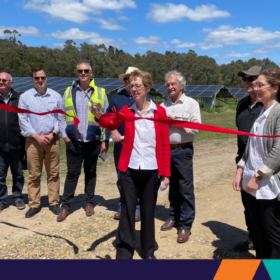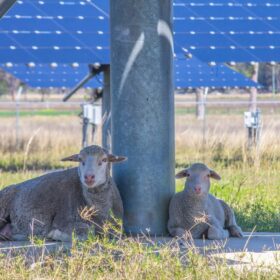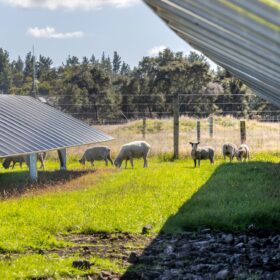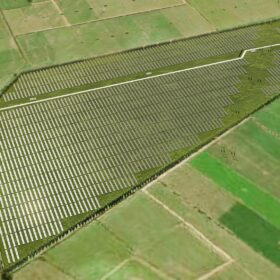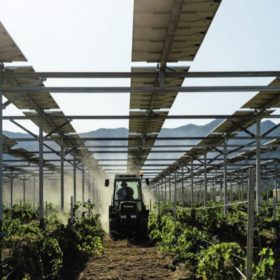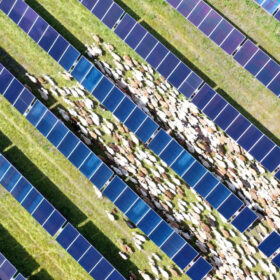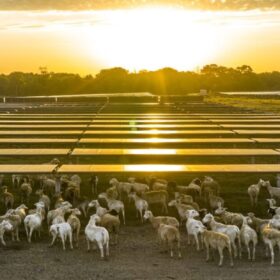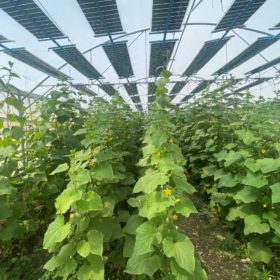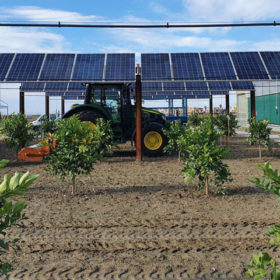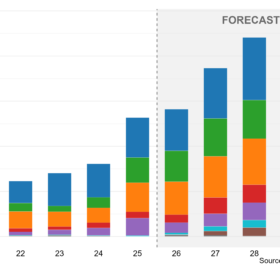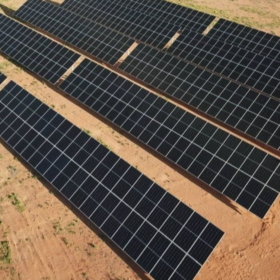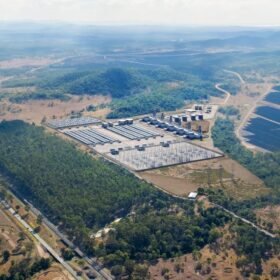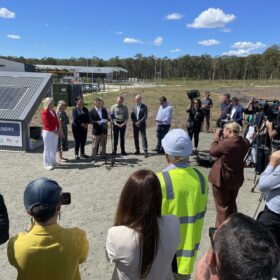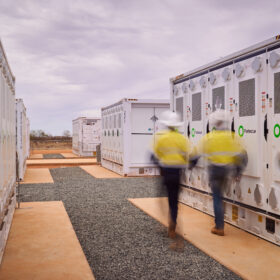Salvation Army powers aid efforts with new agrivoltaic solar farm
The Salvation Army Australia has completed an agrivoltaic, and its first, solar farm near Melbourne, with the aim to reduce its carbon footprint while boosting its ability to help those most in need.
US study outlines gains and risks in agrivoltaic solar development
A new National Renewable Energy Laboratory (NREL) report says Massachusetts’ solar-on-farmland policy framework offers lessons for developers navigating both opportunity and regulatory complexity.
Demand for agrivoltaic projects in New Zealand growing
New Zealand solar farm developer Lightyears Solar has turned on the Waingawa Solar Farm, a 4.7 MW community agrivoltaic project, utilising 7,700 solar panels, noting a significant increase from landowners in hosting solar arrays.
New Zealand’s largest utility-scale solar project starts generating power
Lodestone Energy has started generating electricity at its solar farm in Kaitaia, New Zealand’s largest solar farm and first utility scale solar installation to date.
Agrivoltaics and the art of farming under cover
Ground-mounted PV is increasingly being investigated not only as a renewable generator, but as shelter for crops and creatures under fire from climate change. Last week’s All Energy conference handed the mike to some pioneers in the field.
Sheep grazing team to reduce solar mowing costs by more than 44%
About 70 Katahdin breed sheep were dropped off at the Oberlin College campus in Ohio last week. They will graze through mid-June, stomping grass and weeding the solar field in a move aimed at reducing operations and maintenance costs.
Solar grazing methods a centrepiece of inaugural agrivoltaics conference
Dan French, executive producer of the Solar Farm Summit, told pv magazine USA that more than 500 farmers, manufacturers, and community solar developers likely attended the first US agrivoltaics conference in Chicago last week.
New agrivoltaic project to test crop-responsive PV trackers for greenhouses
An international consortium led by Israel’s Al-Zahrawi Society has launched the Regace project to develop agrivoltaic solutions for greenhouses. It will investigate the performance of a new tracking system across locations and climates and use carbon dioxide enrichment to improve crop yield.
Adapting agrivoltaics to different climates, crops
An international consortium led by Italy’s Eurac Research launched the Symbiosyst project to adapt PV modules, mounting structures, and maintenance technologies to the needs of various crops in agrivoltaic installations in different climates.
Semi-transparent agrivoltaic module being developed by UNSW, Tindo
University of New South Wales researchers have teamed up with Tindo Solar to develop a line of semi-transparent modules, specialised for agrivoltaic cropping, which will use nanoparticles tuned to capture different parts of the light spectrum. “There is evidence you don’t need the full spectrum and some plants will work even better if you provide them with only part of the spectrum,” project lead and UNSW Associate Professor Ziv Hameiri tells pv magazine Australia. Crucially, he says, the project will also open a line between farmers, solar researchers and industry, creating the potential for mutual benefits.
